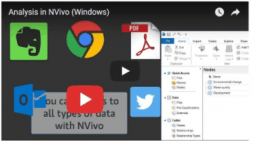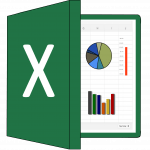 An “Intro to NVivo” training is scheduled from 1:30-3:30 p.m. Friday, July 15, for all faculty, graduate students, and staff who may be using this qualitative (and mixed methods, multimethods) data analysis tool. This session will occur on Zoom.
An “Intro to NVivo” training is scheduled from 1:30-3:30 p.m. Friday, July 15, for all faculty, graduate students, and staff who may be using this qualitative (and mixed methods, multimethods) data analysis tool. This session will occur on Zoom.
This presentation, which covers NVivo 12 Plus / NVivo (newest) basics, will address the following:
- The basic parts of the NVivo interface
- How to start and structure a research project (including a team project)
- How to set up a project around a base language (Chinese/PRC, English/US, English/UK, French, German, Japanese, Portuguese/Brazil, and Spanish)
- How to ingest various multimedia file types (and curate heterogeneous and semi-structured digital data and digitized contents)
- How to ingest some social media contents
- How to begin manual and/or automated coding various media file types
- How to run data queries in the tool and analyze resulting data visualizations (word clouds, word trees, matrices, geographical maps, bar charts, and others)
- How to back up the .nvp / .nvpx project file

